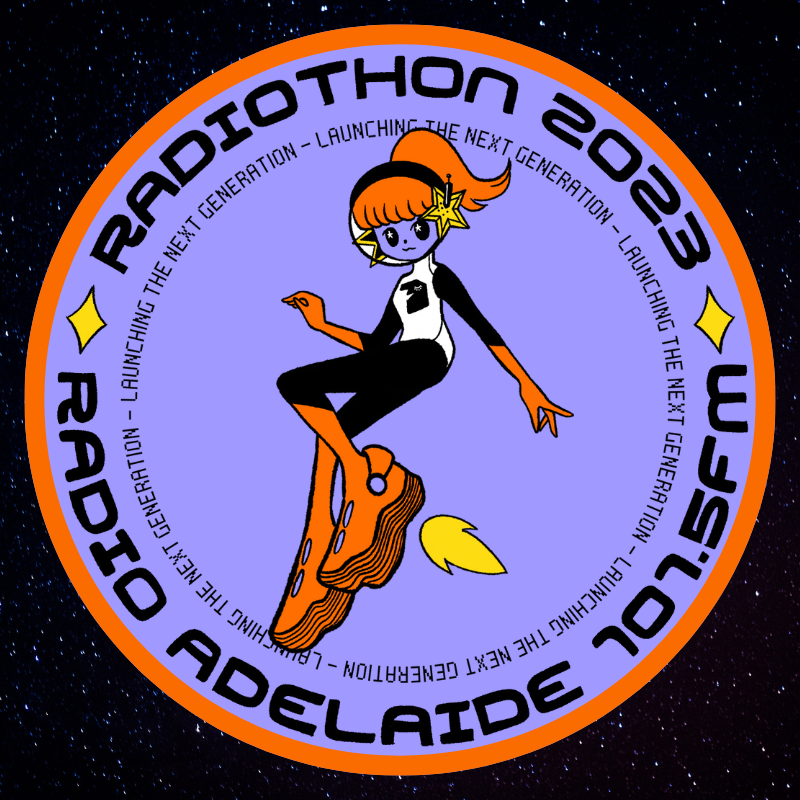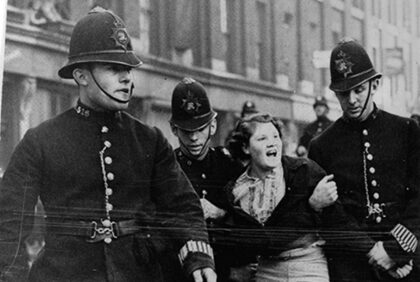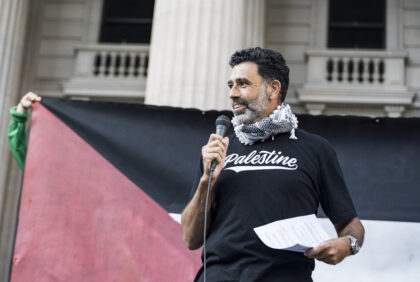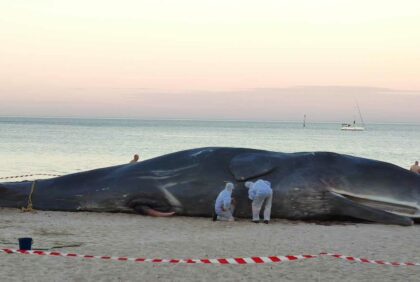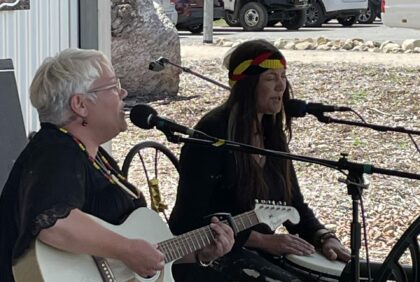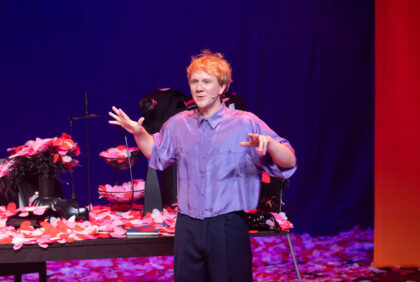Review: WOMAD Dance 2019
Posted on: Fri 15 Mar 2019

WOMAD’s dance productions this year were a tad disappointing, though the dance itself was very well performed. Maria Pagés’s Yo Carmen (I, Carmen) had little to do with either Mérimée’s original story or Bizet’s opera, apart some of the opera’s music. The program claimed the work ‘dismantles the male-inaugurated stereotype of Carmen to bring us a real flesh-and-blood heroine’. Unless this was done in the voiced parts, in Spanish, which few in the audience would have understood, this message was not at clear.
The production was really about Maria, the director of the group, Maria Pagés Compañía. Like Indian dancers, Spanish dancers often continue on much longer than most of their ballet colleagues. Maria is one example. At 53, she is the main event in what was a charming enough program of traditional Spanish dance – castanets and all – with an occasional nod to what is happening in contemporary Spanish.
The eight-strong group of women (why no men, for Terpsichore’s sake?) were supported by a fine group of two women singers (again no men), two guitarists, a violinist and a cellist. The occasional bits of Bizet were no justification for titling the production after the story and the opera.
A certain amount of narrative, in Spanish and a broken English but over-long concluding speech by Maria at the end may have had a feminist message, but there was nothing in the dance itself to suggest this, except perhaps a sequence of shopping, and another of housekeeping – aprons, dusters, brooms – that was joyful, far from condemnatory.
The whole work went on too long; people were leaving from halfway through.
I had better hopes of Broome WA company’s Marrugeku’s Le Dernier Appel (The Last Cry), and was not disappointed by the performance of the dancers in this collaboration with dancers from New Caledonia. Their athleticism, commitment and passion were beyond praise. This was an angry piece. Australian Aboriginal anger at the failure of successive governments to grant recognition in the country’s constitution, and New Caledonian anger at the French government’s refusal to grant the country independence. But without prior knowledge, one would not initially know that this was the raison d’être for the piece.
The choreography is well supported by imaginative music and soundscape, sometimes electrifying in their intensity. A tall video screen, back centre, begins gently, filled with green leaves, but images of conflict and struggle follow, with descriptive news items running in a continuous band beneath them, and the screen turns red. Towards the end, the backdrop, painted in grey, white and black, turns red as well. The choreography gives the dancers solos, duets, trios and ensembles, but the work is too much on the same high-pitched emotional level.
The range of movement, at first exciting, is somewhat limited. Individuals, with their
own particular style, shine, but there is surprisingly little development until the conclusion. The dancers move into wide-eyed bunch in the upper right corner, fearful and anxious, then, with a sudden burst of music, rush diagonally across the stage, their hands stretched out beseechingly. It’s an ending that gathers up the intense feeling that has animated the work.
Reviewed by Alan Brissenden


